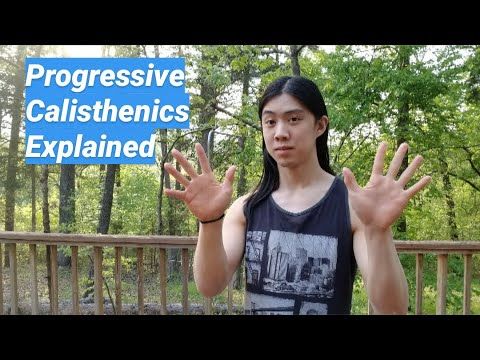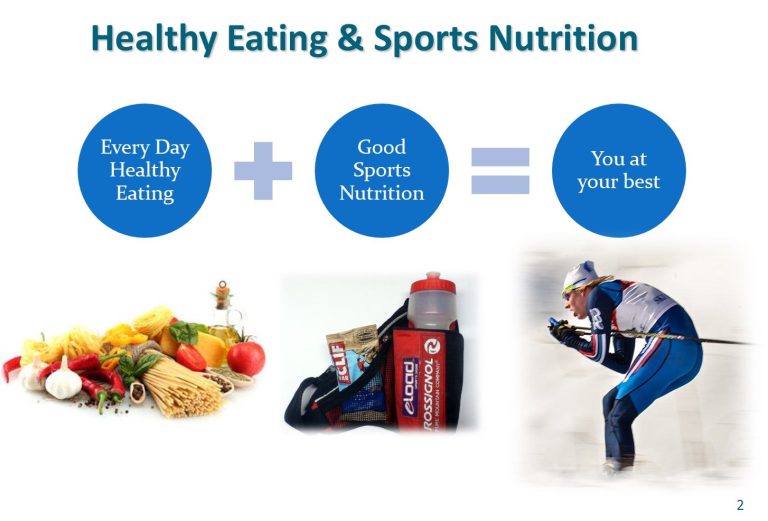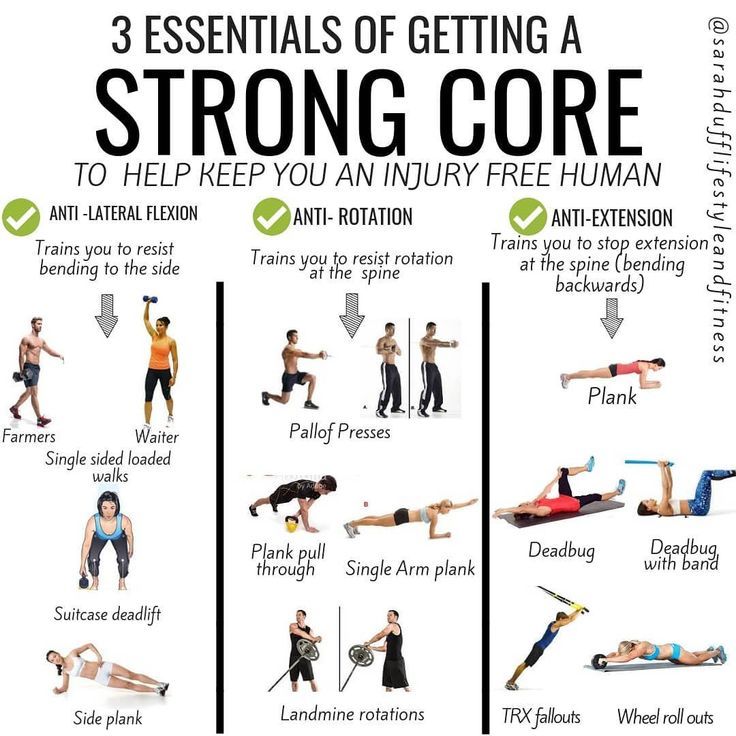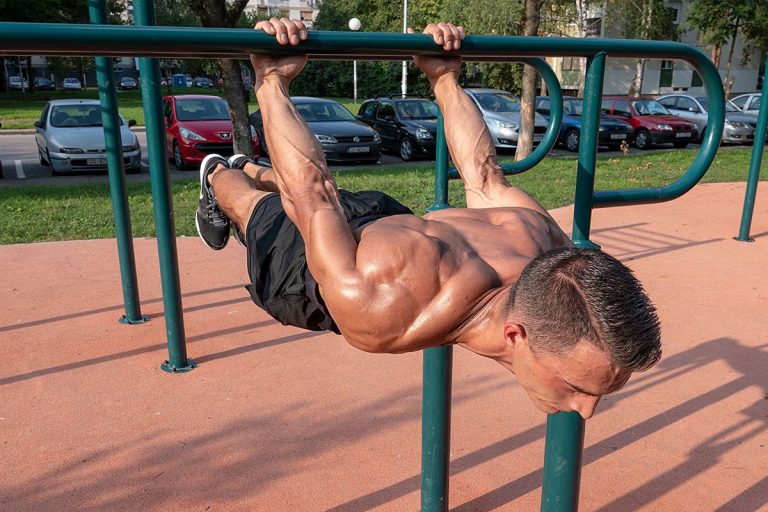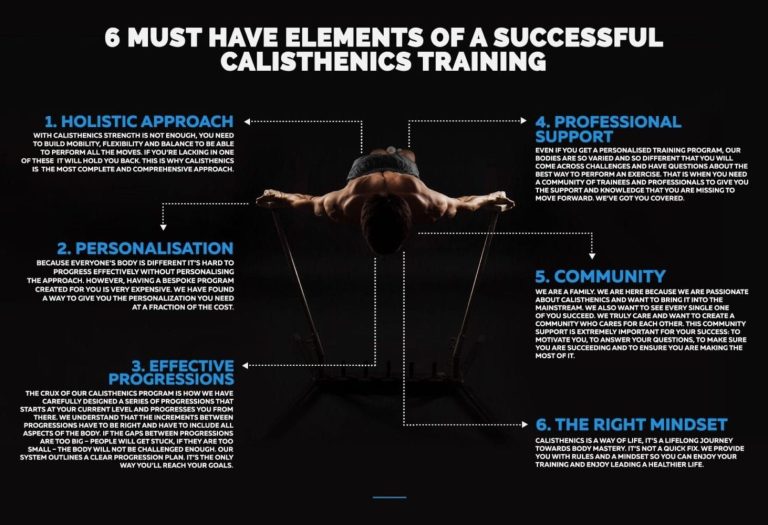In the world of fitness, building strength and achieving a sculpted body is often associated with heavy weightlifting. However, there exists an alternative approach that focuses on utilizing your bodyweight alone – progressive calisthenics. This training methodology combines movement, control, and balance to develop functional strength and muscular endurance, all without the need for external weights or equipment.
What is Progressive Calisthenics?
Progressive calisthenics is a form of exercise that involves a wide range of bodyweight movements targeting different muscle groups. Unlike traditional weightlifting, which primarily isolates individual muscles, calisthenics emphasizes total body engagement and compound movements. It requires coordination, flexibility, and core stability, leading to a more complete and functional approach to strength development.
Benefits of Progressive Calisthenics
1. No Equipment Necessary: One of the significant advantages of progressive calisthenics is the convenience it offers. You can perform these exercises anywhere, anytime, even in the comfort of your own home. The absence of weights and machines makes it an accessible fitness option for people of all fitness levels.
2. Full-Body Development: Calisthenics engage multiple muscle groups simultaneously, promoting balanced strength development throughout your body. By focusing on compound movements like push-ups, pull-ups, squats, and planks, you can build functional strength and stability, enhancing your overall physical performance for daily activities or specific sports.
3. Progression and Adaptability: Progressive calisthenics allows you to regulate the intensity of your workout by adjusting the resistance and difficulty of each exercise. As you become stronger, you can incorporate variations and progress towards more challenging movements, constantly pushing your limits and maximizing your potential.
4. Improved Mobility and Flexibility: Many calisthenics exercises involve dynamic movements that enhance joint mobility and flexibility. They promote better range of motion, helping to prevent injuries and increase overall body control.
Getting Started with Progressive Calisthenics
If you’re new to progressive calisthenics, it’s important to begin with proper form and technique. Learning the fundamental movements and mastering them before advancing is key to prevent injuries and achieve optimal results.
1. Push-Ups: Push-ups are a staple in calisthenics. Start with regular push-ups and gradually increase the difficulty by trying variations like wide grip, decline, or one-arm push-ups.
2. Pull-Ups: Pull-ups primarily target your back muscles and arms. If you struggle with full pull-ups, start with assisted versions using bands or a sturdy chair. Gradually reduce assistance until you can perform them unassisted.
3. Squats: Squats are excellent compound movements that engage your lower body. Begin with bodyweight squats, and once comfortable, progress to pistol squats or jump squats.
4. Planks: Planks work your core muscles and improve stability. Begin with the basic plank and gradually increase the duration or try more challenging variations like side planks or plank push-ups.
Conclusion
Progressive calisthenics offers a unique and effective way to build strength, endurance, and flexibility without relying on weights or specialized equipment. By focusing on compound movements and implementing progressive variations, you can continuously challenge yourself and achieve remarkable results. Whether you’re a fitness enthusiast looking to diversify your training routine or a beginner seeking an accessible approach to improving your fitness level, progressive calisthenics can be an excellent choice for everyone.
